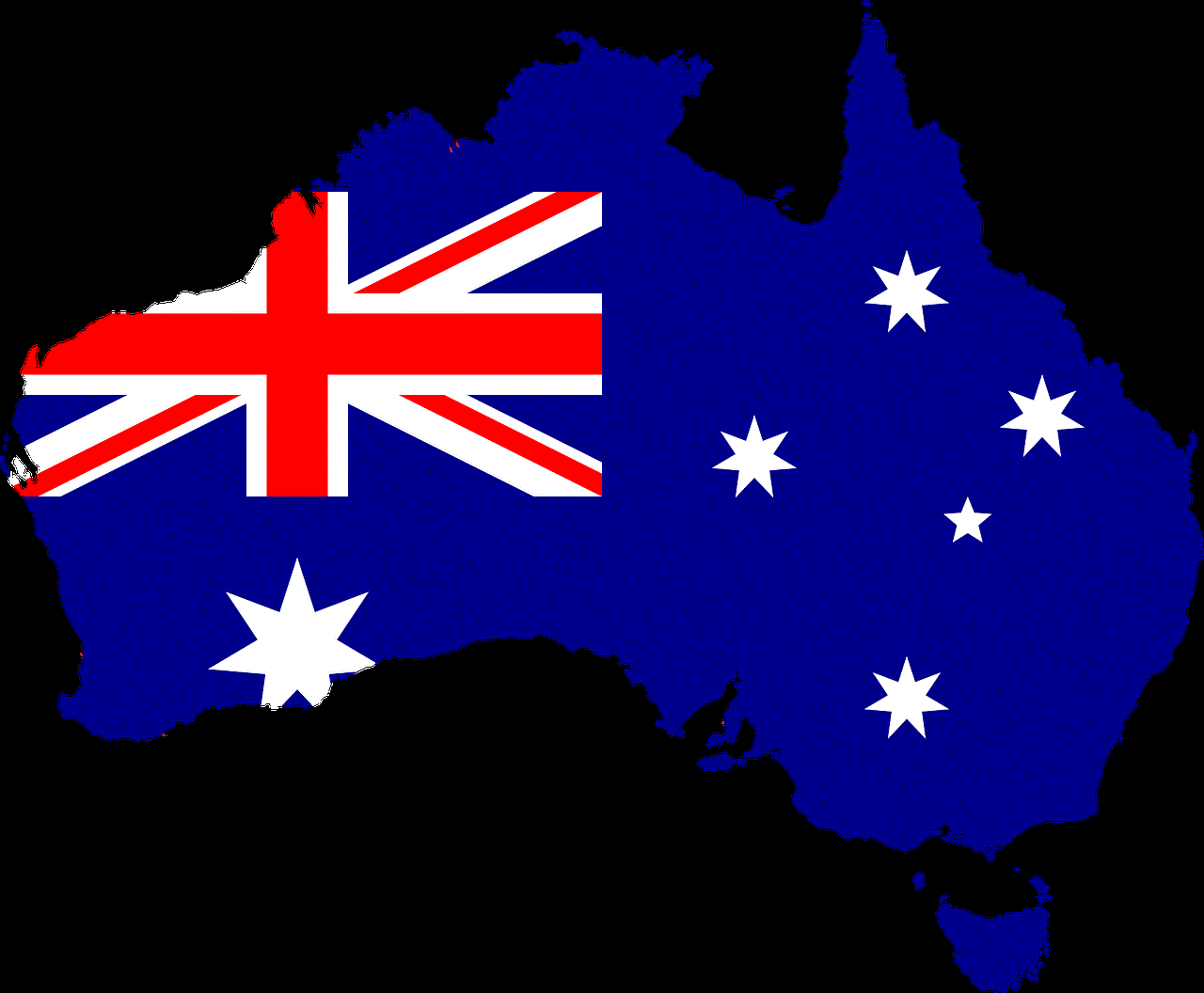you netflix age rating
Netflix has become one of the most popular streaming platforms in recent years, offering a vast array of TV shows and movies for subscribers to enjoy. One of the key factors that attracts viewers to Netflix is its diverse range of content, catering to various age groups and interests. In this article, we will explore the age rating system used by Netflix and delve into the different categories and ratings available.
Netflix categorizes its content into different age groups to ensure that viewers have access to appropriate content based on their age and maturity level. The age ratings used by Netflix are similar to those used by other film and television rating systems, such as the Motion Picture Association (MPA) rating system in the United States or the British Board of Film Classification (BBFC) in the United Kingdom.
The age ratings on Netflix range from G (General Audiences) to NC-17 (No One 17 and Under Admitted). These ratings provide a guideline for viewers to determine the appropriateness of the content for themselves or their children. Let’s take a closer look at each age rating category:
1. G (General Audiences): Content suitable for all ages. This category includes content that is free of violence, profanity, and nudity. It is suitable for viewers of all ages, including young children.
2. PG (Parental Guidance): Content may contain some material that parents might find unsuitable for younger children. This category may include mild language, mild violence, or brief nudity.
3. PG-13 (Parents Strongly Cautioned): Content may contain material that is inappropriate for children under 13. This category may include intense violence, moderate language, sexual references, or some drug use.
4. R (Restricted): Content is intended for adults and may contain strong language, intense violence, explicit sexual content, or excessive drug use. Viewers under 17 require parental guidance.
5. NC-17 (No One 17 and Under Admitted): Content is strictly for adults and may include explicit sexual content, graphic violence, or extreme language. No one under 17 is admitted without a parent or guardian.
It is important to note that Netflix takes the responsibility of providing age-appropriate content seriously. However, the rating system is not foolproof, and it is ultimately up to the viewer or parent to determine what is suitable for themselves or their children. Netflix also provides additional parental controls to help parents restrict access to certain content based on age ratings.
Netflix employs a combination of automated systems and human reviewers to assign age ratings to its content. Automated systems analyze various elements of a TV show or movie, such as violence, language, and sexual content, to determine an initial rating. However, human reviewers also play a crucial role in ensuring the accuracy of the ratings.
The age rating assigned to a TV show or movie on Netflix can sometimes vary depending on the country or region. This is because different countries may have different standards and cultural sensitivities when it comes to content. For example, a movie that is rated R in the United States may have a different rating in the United Kingdom or Australia.
To make it easier for viewers to identify the age rating of a TV show or movie, Netflix includes the rating prominently on the show or movie’s information page. This allows viewers to make an informed decision about whether the content is appropriate for themselves or their children before watching.
In addition to age ratings, Netflix also provides content descriptors that give more detailed information about the specific elements that contributed to the rating. These descriptors can include information about violence, language, nudity, substance abuse, and more. This additional information helps viewers understand the content better and make an informed decision about whether to watch it.
Netflix also offers a Kids profile option, specifically designed for younger viewers. The Kids profile only includes content that is suitable for children, eliminating the need for parents to manually filter out inappropriate content. The age rating system ensures that children using the Kids profile have access to age-appropriate shows and movies.
In conclusion, Netflix employs an age rating system to categorize its content based on the appropriateness for different age groups. The ratings range from G (General Audiences) to NC-17 (No One 17 and Under Admitted). These ratings provide a guideline for viewers to determine what content is suitable for themselves or their children. Netflix takes the responsibility of providing age-appropriate content seriously and provides additional parental controls to help parents restrict access to certain content. By including age ratings prominently and providing detailed content descriptors, Netflix ensures that viewers can make informed decisions about what to watch.
snapchat notifications png
Snapchat has taken the world by storm since its launch in 2011. This social media platform allows users to share photos and videos with their friends and followers, but with a unique twist – the content disappears after a short period of time. With over 293 million daily active users, Snapchat has become a cultural phenomenon, especially among younger generations. One of the most distinctive features of Snapchat is its notification system, which plays a crucial role in keeping users engaged and connected. In this article, we will dive into the world of Snapchat notifications and explore how they work, their types, and their impact on user behavior.
Understanding Snapchat Notifications
Notifications are alerts that inform users about new activity within the app. In the case of Snapchat, notifications are designed to inform users about new snaps, stories, and messages from their friends. These alerts are crucial in keeping users engaged and coming back to the app. Unlike other social media platforms, where notifications can be overwhelming and intrusive, Snapchat has a unique approach to notifications. The app only sends notifications for important updates and activities, making them more meaningful and effective.
Types of Snapchat Notifications
Snapchat notifications can be broadly categorized into three types – push notifications, badge notifications, and in-app notifications. Push notifications are alerts that pop up on a user’s phone, even when the app is not open. These notifications are enabled by default and can be personalized in the app’s settings. Badge notifications, on the other hand, appear as a red dot on the app’s icon, indicating the number of unread notifications. Lastly, in-app notifications appear when a user is already using the app and inform them about new activities or updates within the app.
Importance of Snapchat Notifications
Snapchat notifications play a vital role in keeping users engaged and connected to the app. With the app’s unique feature of disappearing content, notifications serve as a reminder for users to check the app frequently. Furthermore, these alerts create a sense of FOMO (Fear of Missing Out) among users, leading them to open the app and view the content before it disappears. This constant interaction with the app helps in increasing user retention and loyalty.



Moreover, Snapchat’s personalized notification system makes the user experience more meaningful and relevant. The app uses machine learning algorithms to analyze a user’s behavior and tailor notifications accordingly. For instance, if a user frequently opens snaps from a particular friend, they are more likely to receive notifications whenever that friend posts new content. This personalized approach makes users feel more connected to the app, leading to higher engagement and usage.
Impact of Snapchat Notifications on User Behavior
Snapchat’s notification system has a significant impact on user behavior. As mentioned earlier, these alerts serve as a reminder for users to open the app, leading to increased usage. According to a study, users who receive push notifications are 78% more likely to open the app within the next hour. This constant interaction with the app not only increases user retention but also provides more opportunities for the app to display advertisements, generating revenue for the company.
Moreover, Snapchat notifications also play a crucial role in creating a sense of urgency among users. With the disappearing nature of content, users feel the need to respond to notifications promptly, creating a sense of excitement and anticipation. This behavior is especially evident in the case of streaks – a feature where users have to send snaps back and forth for consecutive days to maintain the streak. These streaks often become a competition among friends, motivating them to open the app and send snaps regularly.
Snapchat’s notification system has also been criticized for its addictive nature. Users, especially teenagers, can become too reliant on these alerts, leading to excessive usage and even addiction. To address this issue, Snapchat has introduced a feature called “Do Not Disturb,” which allows users to pause notifications for a specific period. This feature promotes healthy usage of the app and gives users control over their notification settings.
Conclusion
Snapchat’s notification system is an integral part of the app’s success. With its unique approach to notifications, the app has managed to keep users engaged and connected, leading to its immense popularity. These alerts not only serve as reminders for users to open the app but also create a sense of urgency and excitement, promoting higher usage. However, it is crucial to maintain a balance and use the app in a healthy and responsible manner. With its constant innovation and updates, Snapchat’s notification system is set to evolve and continue to play a significant role in the app’s growth and success.
how to set up ipad for child
The iPad has become a popular device for people of all ages, including children. With its user-friendly interface and a wide range of educational and entertaining apps, the iPad can be an excellent tool for a child’s learning and development. However, as a parent, you may be wondering how to set up the iPad for your child in a way that is safe, age-appropriate, and beneficial. In this article, we will guide you through the steps of setting up an iPad for a child, including parental controls, app selection, and other tips to ensure a positive experience for your child.
1. Create a child-friendly Apple ID
The first step in setting up an iPad for your child is creating a child-friendly Apple ID. This will allow you to monitor your child’s purchases and activities on the device. To create a child’s Apple ID, you will need to go to the Apple ID website and click on the “Create Your Apple ID” button. From there, select “For a child” and follow the prompts to create a new account. You will be asked to provide your child’s name, birth date, and a password. It is important to remember this password as you will need it to manage your child’s account.
2. Enable parental controls
Once you have created a child-friendly Apple ID, the next step is to enable parental controls on the iPad. This will allow you to restrict access to certain apps, websites, and features. To enable parental controls, go to “Settings” on the iPad and select “Screen Time”. From there, tap on “Content & Privacy Restrictions” and turn on the toggle switch. You can then customize the restrictions based on your child’s age and needs.



3. Select appropriate apps
With the vast number of apps available on the App Store, it can be overwhelming to choose the right ones for your child. It is essential to select age-appropriate apps that align with your child’s interests and learning goals. You can browse the App Store’s “Kids” section, which features apps specifically designed for children, or explore the “Education” and “Games” categories. It is also helpful to read reviews and ratings from other parents to get an idea of the app’s quality and suitability.
4. Use guided access
Guided Access is a useful feature on the iPad that enables you to limit your child’s access to a single app. This can be helpful if you want your child to focus on a specific app for learning purposes or to prevent them from accessing other apps. To enable Guided Access, go to “Settings” and select “Accessibility”. From there, tap on “Guided Access” and turn on the toggle switch. To use Guided Access, open the desired app, triple-click the home button, and tap on “Start”. You can then set a time limit for how long your child can use the app and restrict certain areas of the screen.
5. Set limits on screen time
As a parent, you may be concerned about the amount of time your child spends on the iPad. With Screen Time, you can set limits on how much time your child can use the device and which apps they can access during certain times of the day. You can also schedule “Downtime”, which will restrict your child’s access to the iPad during specific hours, such as bedtime. To set up Screen Time, go to “Settings” and select “Screen Time”. From there, tap on “App Limits” to set time limits for specific apps, or “Downtime” to schedule restricted access.
6. Utilize educational apps
One of the main benefits of an iPad for a child is its educational potential. There are numerous educational apps available that can help your child learn and develop various skills, such as reading, math, and problem-solving. These apps are designed to be engaging and interactive, making learning fun for children. Some popular educational apps for children include ABCmouse, Khan Academy Kids, and Duolingo. You can also search for apps that align with your child’s interests, such as science, music, or art.
7. Monitor your child’s activities
Even with strict parental controls and limits in place, it is essential to monitor your child’s activities on the iPad. This will allow you to ensure they are using the device in a safe and responsible manner and to identify any potential issues. You can check your child’s activity by going to “Settings” and selecting “Screen Time”. From there, tap on “See All Activity”, and you will be able to see how much time your child is spending on the iPad, which apps they are using, and any notifications they have received.
8. Use family sharing
If you have multiple Apple devices in the household, you can set up Family Sharing to share purchases and subscriptions across all devices. This can be helpful if you want to purchase an app or subscribe to a service for your child’s iPad, and also want to access it on your own device. To set up Family Sharing, go to “Settings” and select your name. From there, tap on “Set Up Family Sharing” and follow the prompts to add family members and share purchases and subscriptions.
9. Teach responsible usage
As your child grows and becomes more independent, it is essential to teach them responsible usage of the iPad. This includes setting rules and boundaries, such as not using the device during mealtimes or before completing homework, and discussing online safety and appropriate online behavior. You can also set a good example by limiting your own screen time and engaging in other activities with your child, such as reading or playing games together.



10. Regularly review and update settings
It is crucial to regularly review and update the settings on your child’s iPad as they grow and their needs change. This can include adjusting time limits, adding or removing apps, and updating parental controls. It is also essential to have open communication with your child and discuss any concerns or issues they may have with the device. By regularly reviewing and updating settings, you can ensure that the iPad remains a positive and beneficial tool for your child’s learning and development.
In conclusion, setting up an iPad for a child requires careful consideration and monitoring. By creating a child-friendly Apple ID, enabling parental controls, selecting appropriate apps, and utilizing features such as Guided Access and Screen Time, you can ensure a safe and enriching experience for your child. It is also crucial to regularly review and update settings and to teach responsible usage of the device. With proper guidance and supervision, the iPad can be a valuable tool for your child’s growth and education.